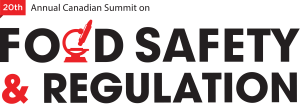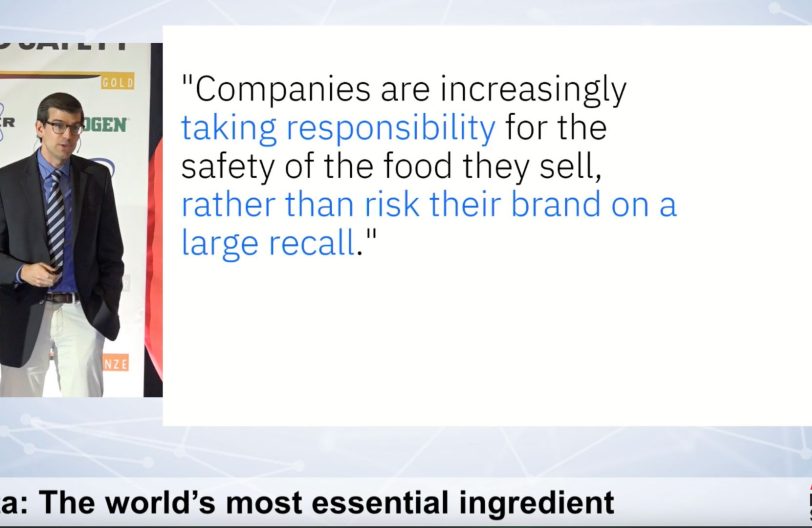Executive Summary:
The Food Safety Modernization Act (FSMA) 204 represents a pivotal moment in food safety regulation, signaling a fundamental shift from reactive to proactive food safety management. As the global food supply chain becomes increasingly complex, this landmark legislation aims to create a more transparent, accountable, and responsive system that protects consumer health and builds industry-wide trust.
1. Understanding FSMA 204: The Regulatory Landscape
The evolution of food safety regulations reflects the growing complexity of global supply chains and the increasing risks associated with foodborne illnesses. FSMA 204 emerges as a critical response to these challenges, representing a paradigm shift in how food safety is conceptualized and implemented.
Key Objectives of FSMA 204:
– Enhance food safety tracking capabilities
– Reduce response time during potential contamination events
– Create a standardized approach to product traceability
– Minimize food borne illness risks
Historically, food safety has been reactive, with investigations beginning after illness outbreaks. FSMA 204 mandates a proactive approach, requiring businesses to establish comprehensive tracking systems that can provide immediate, detailed information about a product’s journey from farm to table.
2. Scope and Affected Products
The regulation recognizes that not all food products carry equal risk. By targeting specific high-risk categories, FSMA 204 allows for a more focused and efficient approach to food safety management.
High-Risk Food Categories:
– Leafy greens
– Nut butters
– Soft cheeses
– Shell eggs
– Seafood
– Fresh cut fruits and vegetables
– Ready-to-eat proteins
Compliance Timeline:
– Proposed regulation: January 2026
– Recommended preparation: Begin implementation by January 2025
– Phased rollout to allow businesses adaptation time
The carefully designed timeline acknowledges the significant technological and operational changes required, providing businesses with a realistic window for transformation.
3. Technical Requirements for Compliance
In the digital age, data is the cornerstone of effective food safety management. FSMA 204 recognizes that comprehensive, real-time data tracking is essential for rapid response and prevention.
Critical Data Capture Elements:
– Lot numbers
– Product identifiers
– Timestamps of key supply chain events
– Location tracking
– Transformation points
– Shipping and receiving documentation
The technological infrastructure required goes beyond traditional record-keeping. Modern traceability demands sophisticated, interconnected systems that can capture, store, and rapidly retrieve complex supply chain information.
Recommended Technology Infrastructure:
– Cloud-based traceability platforms
– Blockchain-enabled tracking systems
– API-integrated data management solutions
– Real-time reporting capabilities
– Secure data storage mechanisms
4. Implementation Strategy
Successful FSMA 204 compliance requires a holistic, strategic approach that considers technological, operational, and cultural dimensions of organizational change.
Comprehensive Compliance Roadmap:
Phase 1: Assessment
– Conduct internal traceability audit
– Identify current data collection gaps
– Evaluate existing technology infrastructure
– Create initial implementation budget
This initial phase is critical for understanding the current state of an organization’s traceability capabilities and developing a targeted transformation strategy.
Phase 2: Technology Selection
– Research compatible traceability platforms
– Evaluate vendor capabilities
– Develop integration strategy
– Select scalable solution
The technology selection process goes beyond feature comparison, requiring a deep understanding of an organization’s unique operational context and future scalability needs.
Phase 3: Data Standardization
– Implement GS1 standard identifiers
– Develop consistent data capture protocols
– Train staff on new documentation requirements
– Create cross-departmental communication channels
Data standardization is more than a technical exercise—it’s a cultural transformation that requires comprehensive training and change management.
Phase 4: Testing and Validation
– Conduct mock trace-back exercises
– Validate data accuracy
– Perform system integration tests
– Develop contingency protocols
Rigorous testing ensures not just compliance, but operational resilience and reliability.
5. Cost-Benefit Analysis
While FSMA 204 compliance represents a significant investment, it also offers substantial strategic advantages that extend beyond regulatory adherence.
Potential Investment Ranges:
– Small businesses: $10,000 – $50,000
– Medium enterprises: $50,000 – $250,000
– Large corporations: $250,000 – $1 million
Potential Return on Investment:
– Reduced recall response times
– Minimized product loss
– Enhanced brand reputation
– Improved consumer trust
– Potential insurance premium reductions
The financial implications of FSMA 204 compliance should be viewed as a strategic investment in organizational resilience and competitive differentiation.
6. Risk Mitigation Strategies
- Develop comprehensive documentation protocols
- Create redundant data storage systems
- Implement regular system audits
- Establish clear communication channels with regulators
- Maintain flexible technology infrastructure
Conclusion:
FSMA 204 represents more than a regulatory requirement—it’s an opportunity to transform food safety practices. Businesses that approach compliance strategically will not only meet regulatory standards but also gain significant competitive advantages.
Recommended Next Steps:
- Conduct internal readiness assessment
- Engage with traceability technology experts
- Develop phased implementation plan
- Allocate necessary resources
- Begin staff training initiatives
This whitepaper is based on the 2024 Food Safety Summit session featuring Wiggs Civitillo of IBM Food Trust, Dave Persaud of IBM Sustainability & Judson Sinton of The Bloomington Group.


